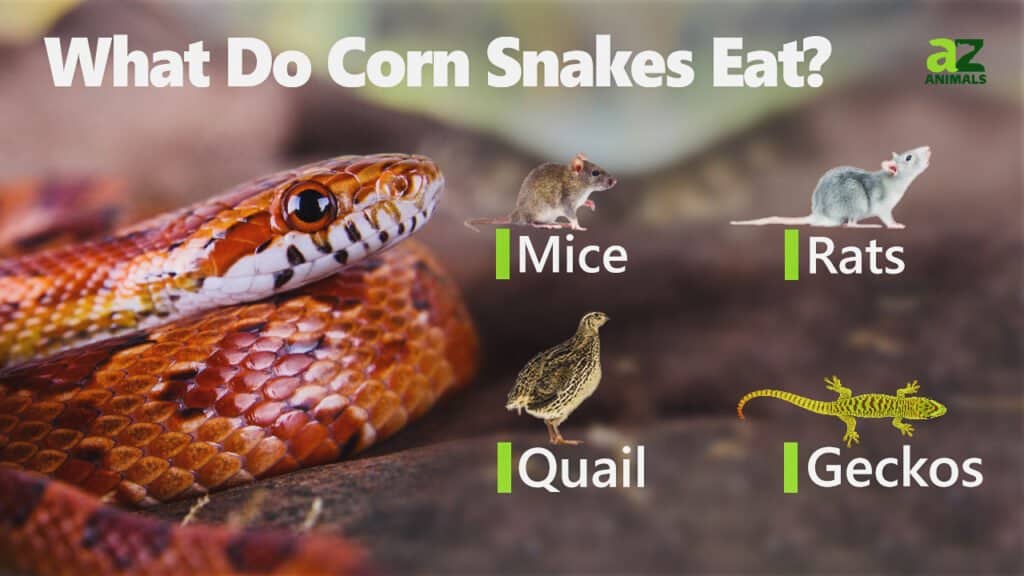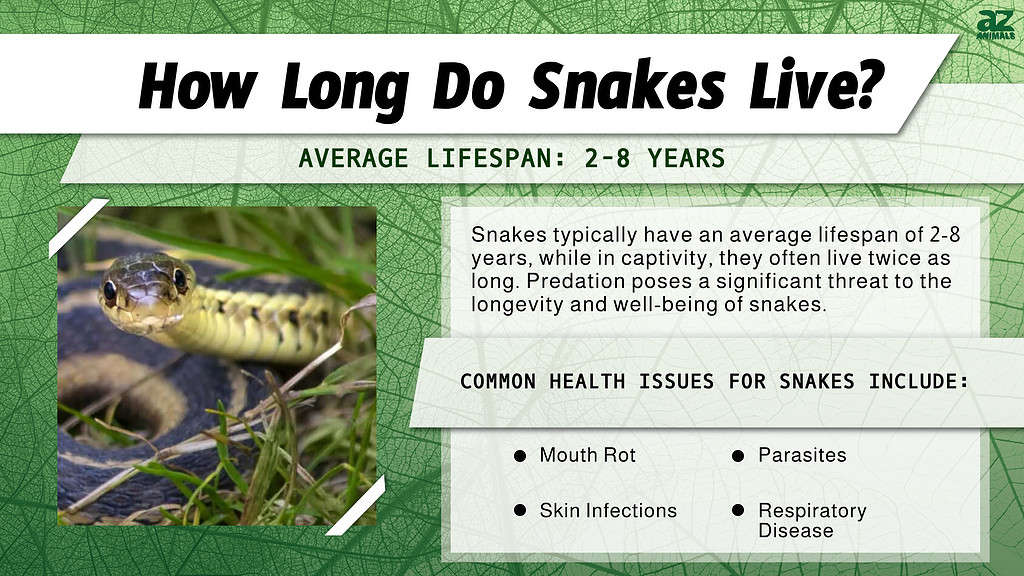Snake Survival: How Long Can a Snake Go Without Eating?
Snakes are fascinating creatures known for their unique behaviors and adaptations. One intriguing aspect of their biology is their ability to survive extended periods without consuming food. In this article, we delve into the question: How long can a snake go without eating?
1. Snake Dietary Habits

Snake Dietary Habits
Snakes are carnivores, meaning they primarily feed on other animals.
Their diet includes a variety of prey, such as rodents, birds, amphibians, and even other snakes.
2. Metabolic Rate and Energy Conservation
Snakes have a relatively low metabolic rate compared to warm-blooded animals.
This characteristic allows them to conserve energy and go for extended periods without needing to eat.
3. Factors Influencing Hunger
The duration a snake can go without eating depends on several factors, including the snake's species, age, size, environmental conditions, and recent feeding history.
4. Snake Species and Size
Different snake species have varying metabolic rates and feeding habits.
Larger species tend to have a slower metabolic rate and can go longer without eating compared to smaller, more active species.
5. Age of the Snake

Age of the Snake
Young snakes, especially those that are still growing, generally need to eat more frequently than adult snakes.
Adult snakes can endure longer fasting periods due to their lower energy requirements.
6. Environmental Conditions
Environmental factors, such as temperature and humidity, play a role in a snake's metabolic rate.
Cooler temperatures can slow down a snake's metabolism, allowing it to conserve energy.
7. Fasting Strategies
Some snake species employ fasting strategies as an adaptation to their environment.
For example, during periods of food scarcity or cold weather, snakes may enter a state of reduced activity and fasting to survive until more favorable conditions arise.
8. Shedding and Eating Patterns
Snakes tend to eat less frequently when they are shedding their skin.
The process of shedding requires energy, and snakes often delay feeding until after shedding is complete.
9. Case Study: Burmese Pythons
Burmese pythons, a large constrictor species, are known for their ability to endure extended fasting periods.
Studies have shown that these snakes can survive for several months without eating.
10. Snake Feeding Patterns in the Wild
In the wild, snakes often experience periods of feast and famine.
Their eating patterns are influenced by the availability of prey and environmental conditions.
The duration a snake can go without eating varies widely based on factors like species, size, age, and environmental conditions. While some snakes can survive several months without consuming food, others may need to eat more frequently. Their ability to endure extended fasting periods is a testament to their unique adaptations and their capacity to thrive in diverse habitats. As we continue to study and learn about these remarkable creatures, our understanding of their survival strategies and behaviors grows, enhancing our appreciation for the intricacies of the natural world.